The best way to clean for sustainable living as a Pro-Environmentalist

Every day, people become more and more aware of their environment. How much do their activities affect them, they wonder how they can contribute to the well-being of the planet, from their everyday activities to the indirect ones. This post aims to provide some form of assistance for these newbie pro-environmentalists to navigate the path of sustainable living, specifically on eco-friendly cleaning.

What we want basically as an environmental manager is to elevate the environmental consciousness in more humans as they come across these blog posts, so we can emulate the hacks provided in these posts, which will enable us to adopt sustainable practices, giving us a sense of responsibility to the environment.

Apart from waste generation, one of the ways to consciously reduce our carbon footprints will be to purchase and use eco-friendly products, especially cleaning products, which guarantee your safety, that of your family members, and the environment at large, and this will be made clear in as we go further in the post toward a collective aim of creating a healthier home and a sustainable planet which also is our home as humans before we proceed, let us make some terms clear.

What Are Sustainable Cleaning Products?
In clear terms, sustainable cleaning products are the environmentally friendly alternatives to traditional cleaning agents we have known. These products were made to minimize the human impact on the environment while maintaining effective cleaning performance up to the level we all want. These products have some qualities that set them apart from the older cleaning products, and these are :

- Biodegradable Ingredients: Sustainable cleaning products use natural, biodegradable ingredients that break down safely in the environment long after use. These ingredients are typically plant-based, such as essential oils, citric acid, and vinegar, which are less harmful to aquatic life, soil, and the users. They get rotten and disappear after use, rather than prolong their existence through endless reactions, to create new compounds that continue to harm the environment. This is the case for the method previously used.

2. Non-Toxic Formulas: Sustainable cleaning products, unlike the conventional ones that often contain harsh chemicals like ammonia, bleach, and phthalates, are free from toxic substances. This makes them safer for your family, pets, and environment, reducing the risk of respiratory issues, skin irritation, and other health problems.

3. Minimal Packaging: Many eco-friendly cleaning brands prioritize minimal and recyclable packaging. This includes using materials like glass, aluminum, or recycled plastic, and offering refill options to reduce waste. We have started noticing some new natural materials used, all to prevent generating harmful waste that lives longer than the products themselves.

4. Sustainable Production: These products are often manufactured using sustainable practices, including renewable energy sources and ethical labour practices, ensuring that their production process is as eco-friendly as the product itself, which can be done many more times, without wondering if the business can go into extinction or be sustained in the next five years.

5. Multi-Purpose Use: Sustainable cleaning products are often versatile, meaning one product can serve multiple cleaning purposes. This reduces the need for numerous single-use products, further cutting down on waste.

What Is Sustainable Cleaning?
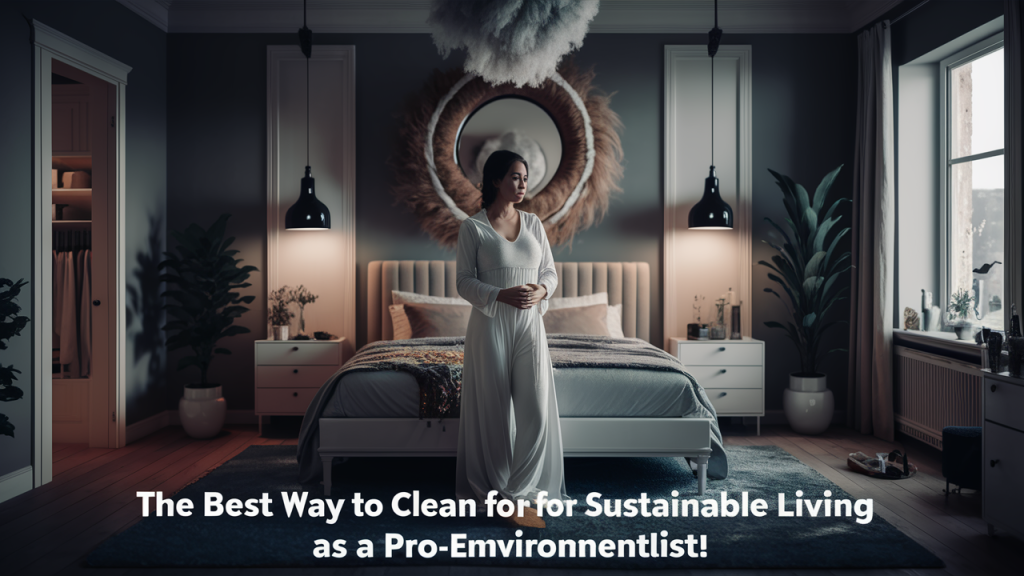
Sustainable cleaning is maintaining a clean and healthy living environment while minimizing the environmental impact of the products and processes used. It encompasses the use of sustainable cleaning products and integrates eco-friendly practices into your cleaning routine. Here’s how you can adopt sustainable cleaning:

- Choose Eco-Friendly Products: Look for certifications like EcoLogo, Green Seal, or the EPA’s Safer Choice label on labels, which indicates that a product meets stringent environmental and health criteria.

2. Reduce Water Usage: Be mindful of your water consumption while cleaning. Use a bucket instead of running water continuously, and opt for steam cleaners which use minimal water and no chemicals.

3. DIY Cleaners: Alternatively, you can create your cleaning solutions using simple, natural ingredients. For example, a mixture of vinegar and baking soda can effectively clean and deodorize surfaces, while lemon juice works wonders on stains and grime.

4. Use Reusable Supplies: The next big thing in sustainable cleaning is to Replace disposable cleaning supplies with reusable ones. Microfiber cloths, washable mop heads, and durable scrub brushes reduce waste and are more cost-effective in the long run, than having the one-use products that you throw away after the very first use.
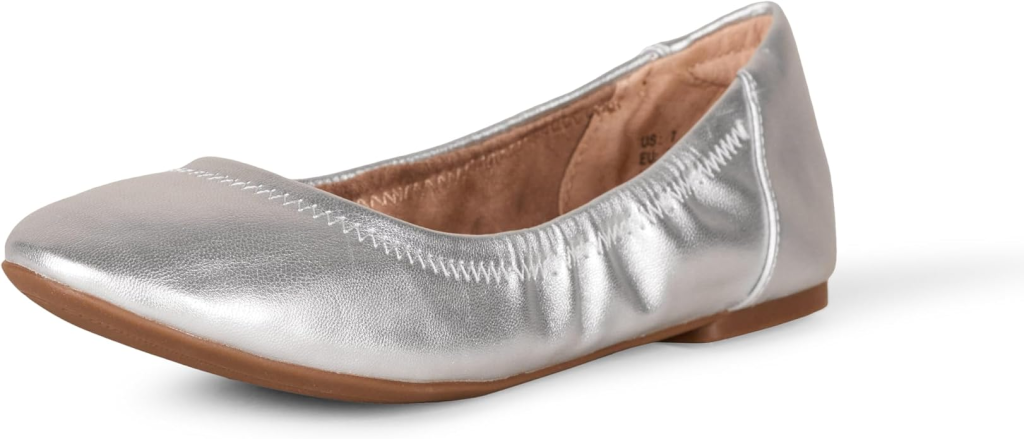
5. Recycle and Reuse: Properly dispose of cleaning product containers by recycling them, washing or rinsing them off after their content is used up. Additionally, consider reusing old clothes or towels as cleaning rags instead of purchasing new ones, and save you some change.

6. Practice Regular Maintenance: Preventative measures can reduce the need for intensive cleaning. Regularly dusting, vacuuming, and wiping down surfaces can prevent the buildup of dirt and grime, making your cleaning routine more efficient and sustainable, which will not require the use of electricity and energy to carry out major cleaning.
The Benefits of Sustainable Cleaning

Adopting sustainable cleaning practices offers numerous benefits:
- Healthier Home Environment: Reduced exposure to toxic chemicals creates a safer, healthier living space for you and your loved ones.
- Environmental Protection: By using biodegradable and non-toxic products, you help reduce pollution and conserve natural resources.
- Cost Savings: Many sustainable products, especially DIY solutions, are cost-effective and reduce the need for multiple cleaning agents.
- Ethical Choice: Supporting brands that prioritize sustainability and ethical production practices contributes to a more just and environmentally friendly economy.
1. Reason to choose sustainable living
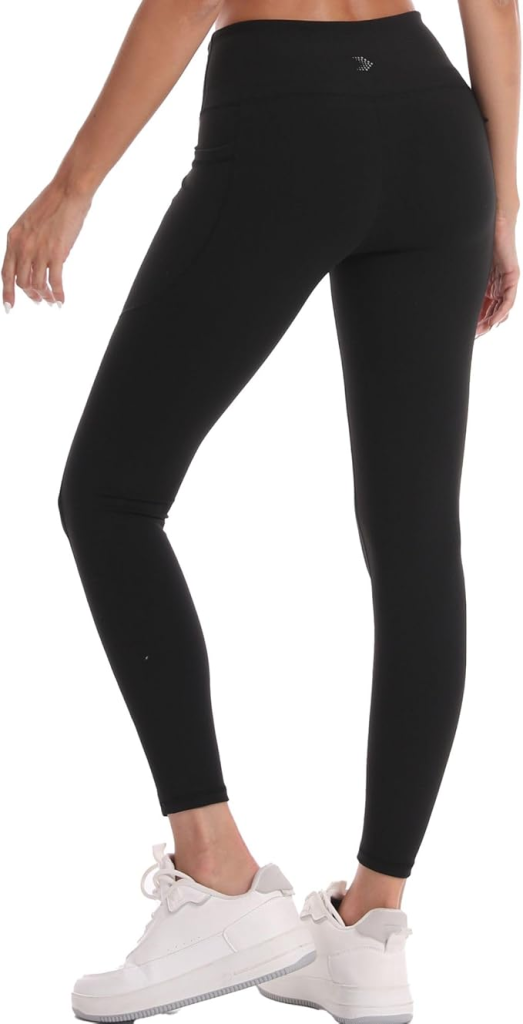
The significance of climate change used to be a myth and strategy to humans until people started falling sick due to the result of human activities. Now that the impact of global warming has become more and more apparent, people are curious to find ways to either stop or minimize their environmental impact or the consequences to others. One of those ways is sustainable living. This encompasses your energy consumption and waste reduction, and cleaning is a big part of waste reduction, which makes it imperative to explore sustainable living.
2. What is Eco-Friendly Cleaning?

Eco-friendly cleaning is the use of less harmful products and cleaning practices to clean up a space. Before now, our cleaning products all contained harsh chemicals that end up polluting the immediate environment and stay back in the environment long after they have been used for cleaning. They fill up the air during use, they settle on the ground and contaminate the groundwater, and they find their way into water bodies through runoffs during and after it rains, affecting the water and aquatic bodies.
3. Start With Your Product Change

The first step in the sustainable living choice is to tone down your lifestyle, choosing the simple lifestyle over the extravagant one. Trying out DIY cleaning solutions right in your home, using everyday household items like; lemon, vinegar, baking soda and water put in a spray bottle, are as good as the store-bought, packaged, and highly-sold cleaning solutions. They give the same result, are effective, affordable, natural alternatives, free of harmful chemicals which are found in others, that end up harming the environment.
4. Careful Purchase of Product
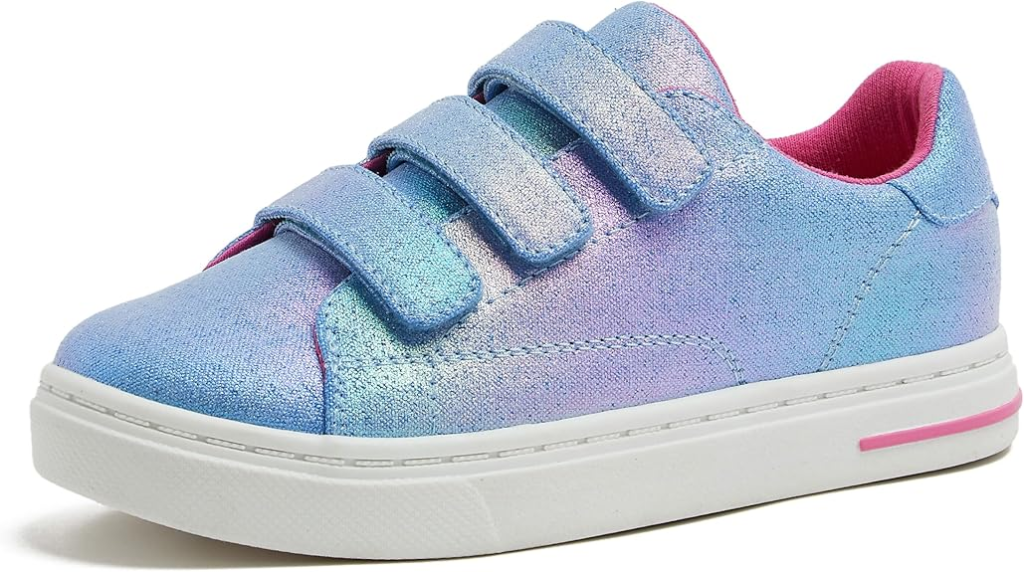
- When you are not settling for the homemade DIY product, and would much rather purchase already-made cleaning products from the store, then aim for environmentally friendly products with labels indicating it. Now we might not be able to vouch for these products, as people can falsely declare their products environmentally friendly, but checking the label and ingredients is a good place to start. Third-party certifications like the EPA Safer Choice label can indicate a company’s commitment to the environment.
5. Avoid using Single-Use Products

- Switch all your single-use products for reusable ones. This means switching from cleaning wipes and paper towels to reusable microfiber cloths that you can use as many times as possible, washing them up when need be, letting them dry up, and continuing to use them. Explore the refillable cleaning product, which means you can reuse containers.
6. Go For Energy-Efficient Cleaning Appliances

- Choosing energy-efficient cleaning and household appliances will reduce energy consumption and regular maintenance of appliances will ensure longevity.

7. Embark on a water conservation journey

- Consciously converse water in your activities at home. From cooking to doing the dishing, and cleaning activities. Turn the tap off while brushing, and cleaning, use newspapers for window cleaning rather than water, and use the ceramic sink with water and soup to clean the bathroom walls, bathtub and toilet, rather than the spray tap. Fix pipe leaks and consider using steam cleaning as the method saves water.
8. Use Newspaper instead of water

- Use newspaper to clean windows, wall tiles, mirrors, and shower glass doors to conserve water and have a perfect surface, thank me later.
9. Repurpose used items from around the house

- When glass, wooden or metal containers are left out in the house, you can either use them for decoration or extend their functionality by using them as containers for maybe a DIY cleaning solution, for easy access and storage. For example, glass jars are used as containers for cleaning solutions to ensure longevity for your solutions, consider converting worn-out clothes into cleaning clothes.
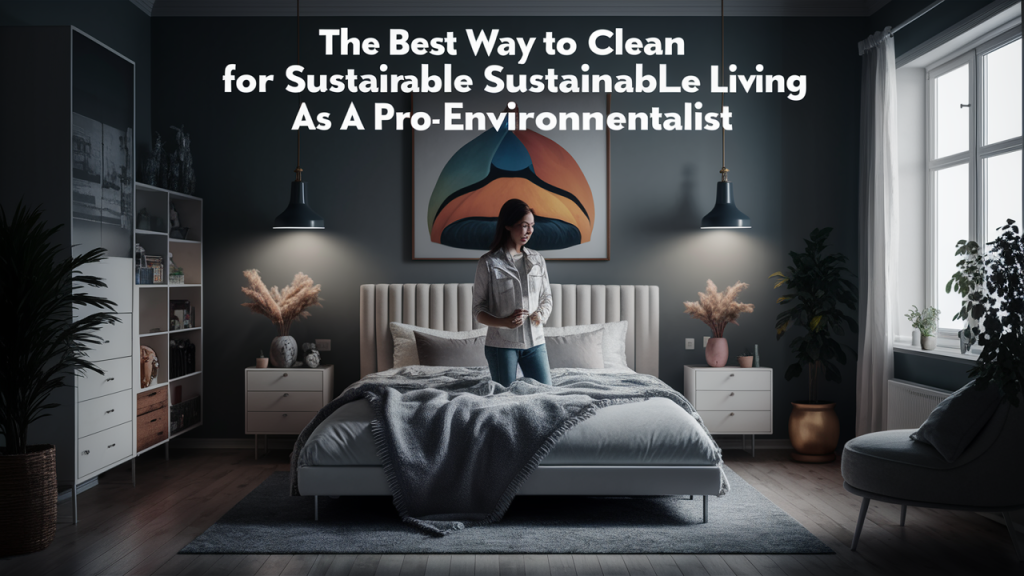
10: Consider Composting your leftovers and biodegradable wastes
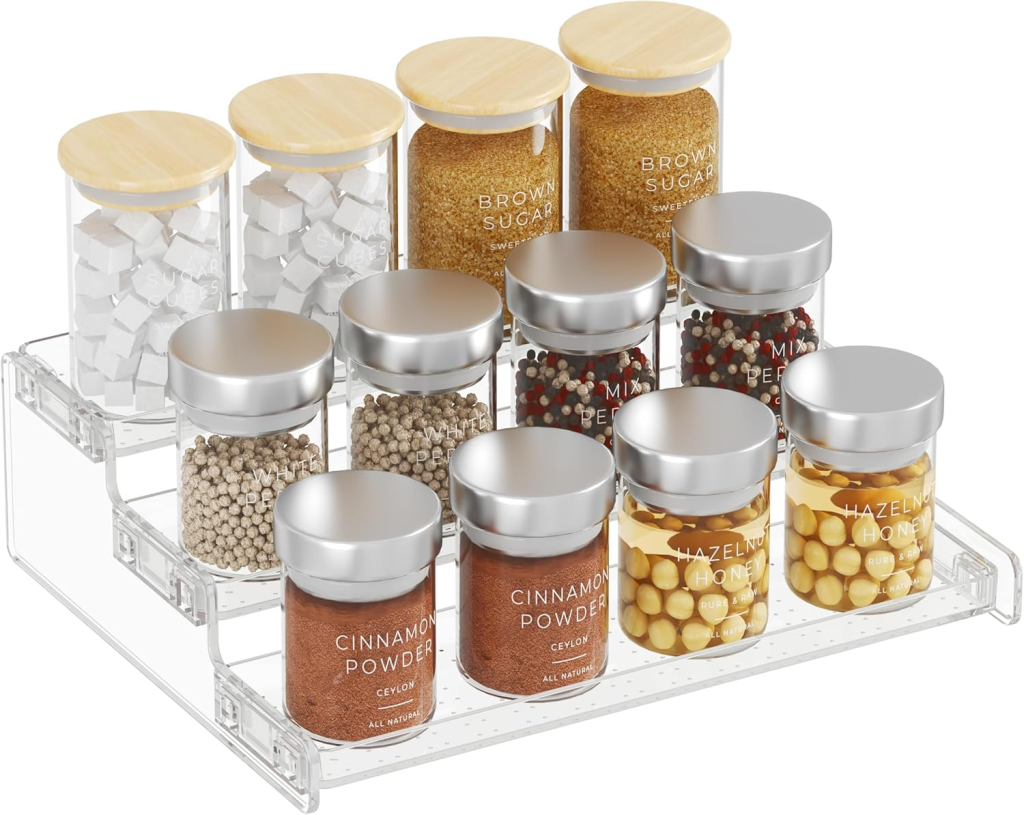
- Gather up the biodegradable waste like fruits, food and other biodegradable waste from the kitchen to produce nutrient-rich compost for your garden or flower pot plants, which you have to put together, to learn to grow your herbs, fruits and vegetables, to help your sustainable choice.
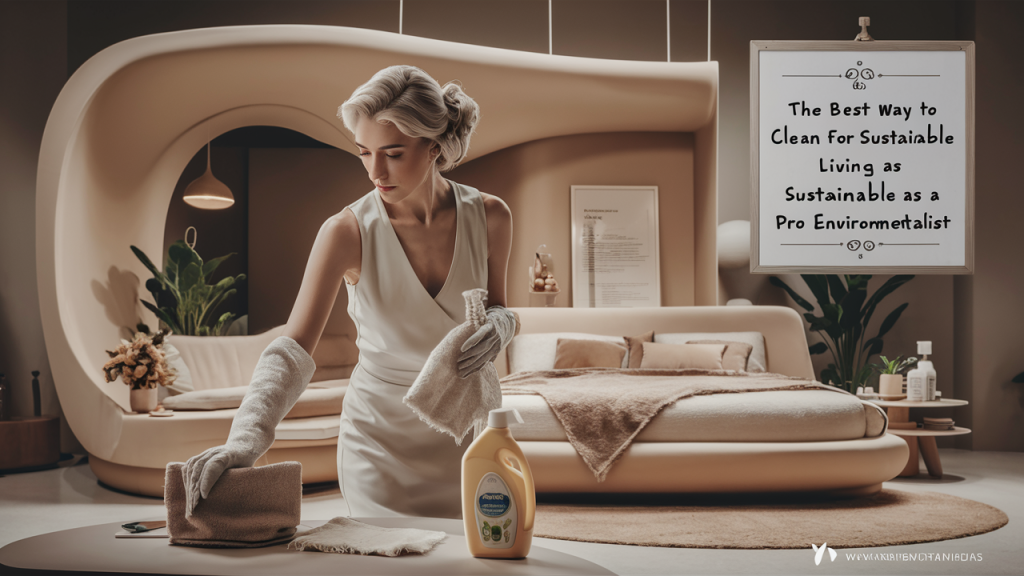
11. When you finally understand Sustainability, help someone else
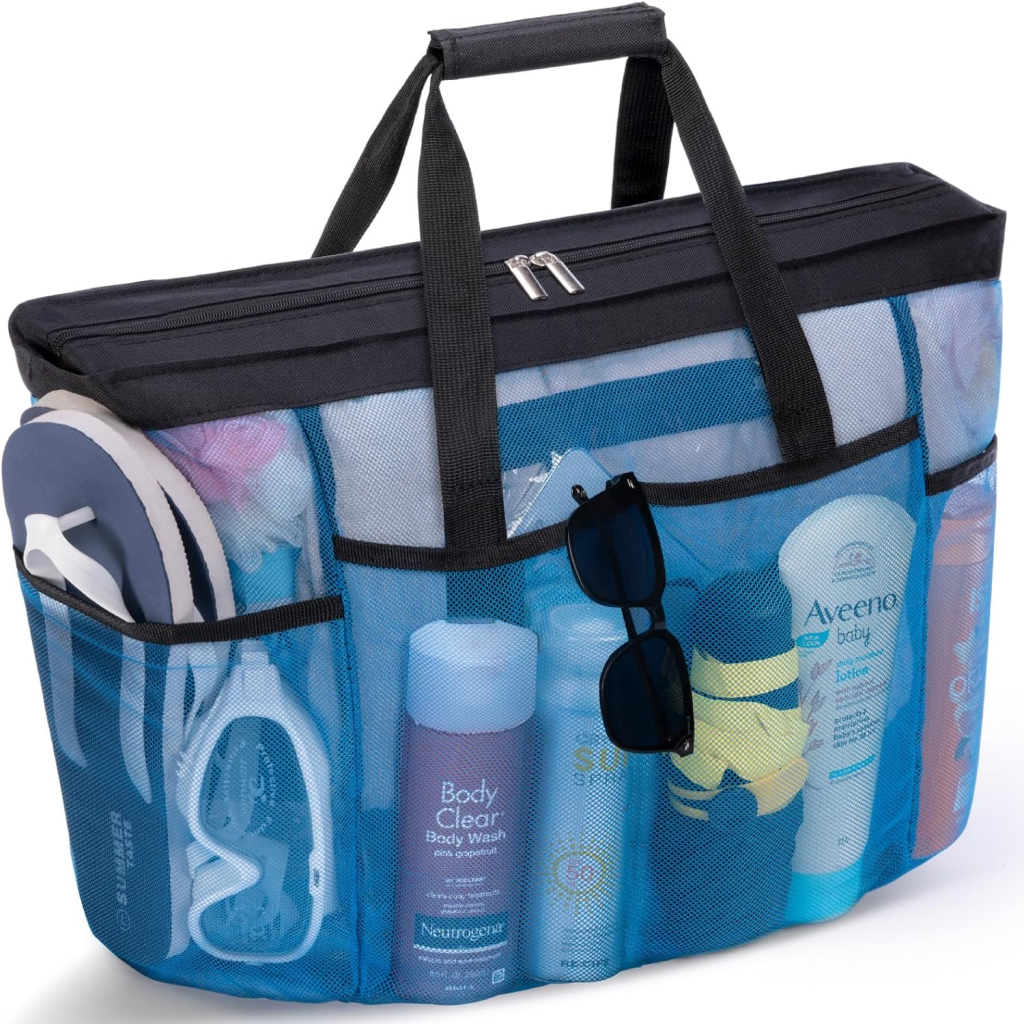
- When you grasp it, you will need to help someone else understand and join in the pursuit, educating them to get them to pay more attention to the environment and reduce their collective and individual carbon footprint.
12. Inspire and Educate
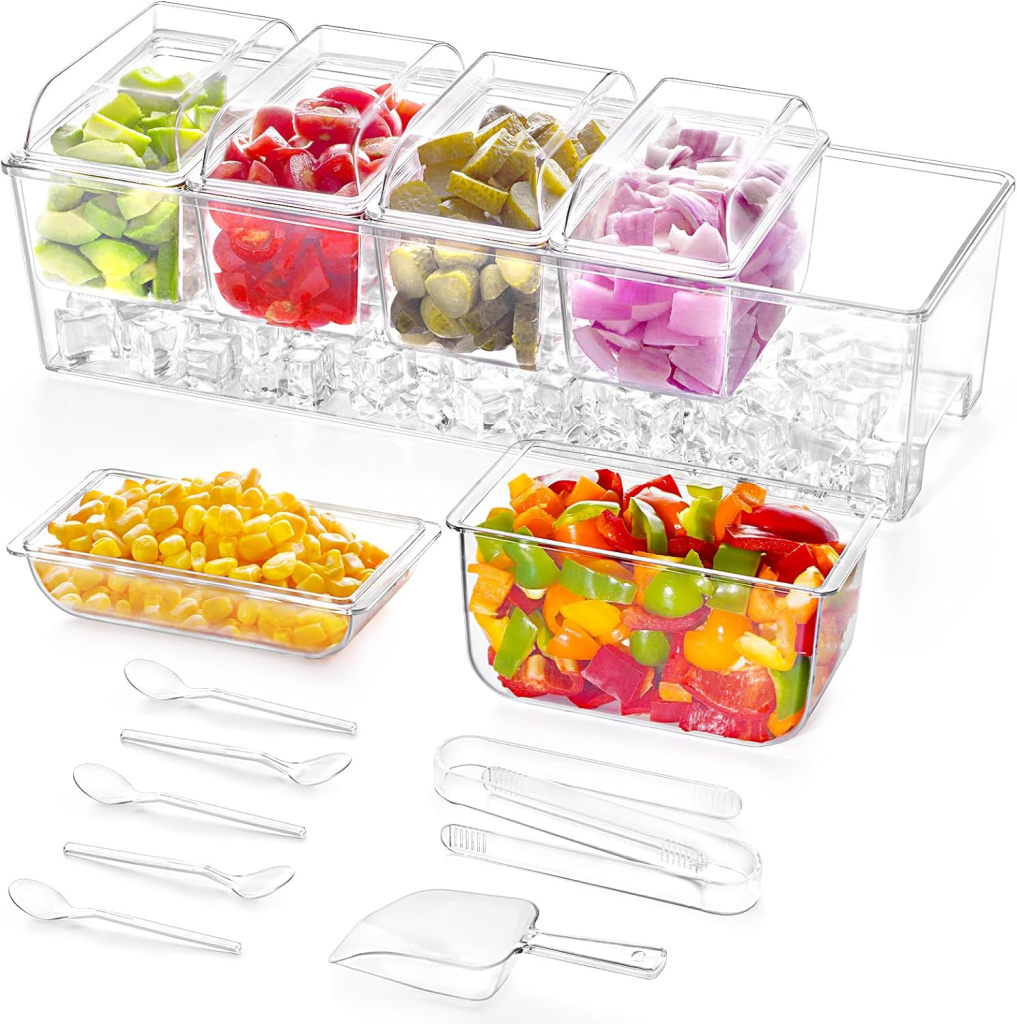
- Share your sustainable journey with friends, family and community, to educate and inspire someone who is looking to care for the environment and start from their immediate environment.
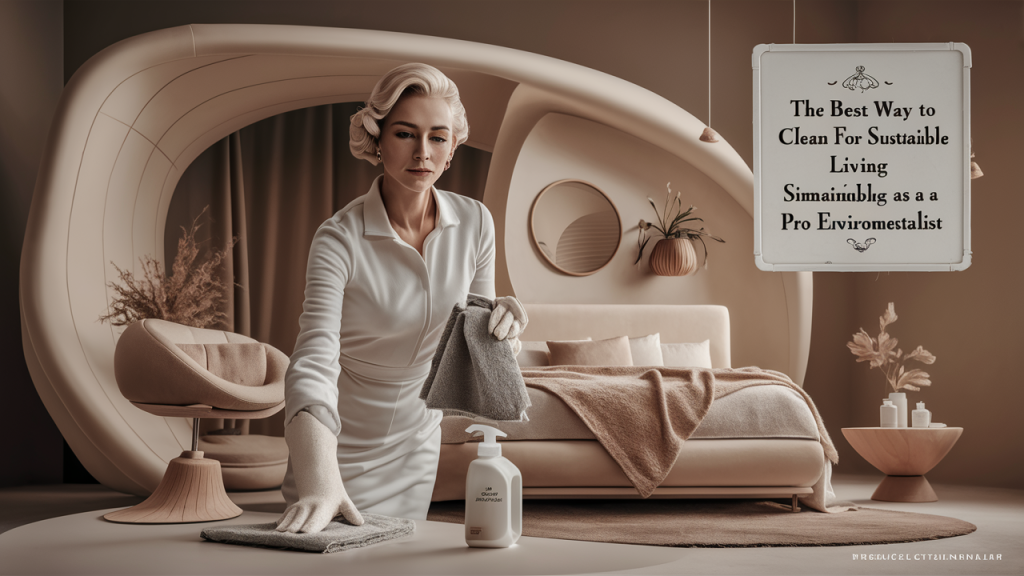
13. Support Sustainable Brands

- Contribute to the existence and longevity of eco-friendly brands, as their existence will enable more people to reconsider their previous choices and join the Pro-environmental group.



Finally, as widely misconstrued, sustainable living is not just about ensuring you use eco-friendly products, to feel less guilty about global warming, rather it takes account of the entire life circle of products and practices, and that includes the cleaning practice, which entails a conscious selection of products which do not end up harming the environment through waste generation and chemicals leaving residues that are constantly reacting and producing new potentially harmful compounds.
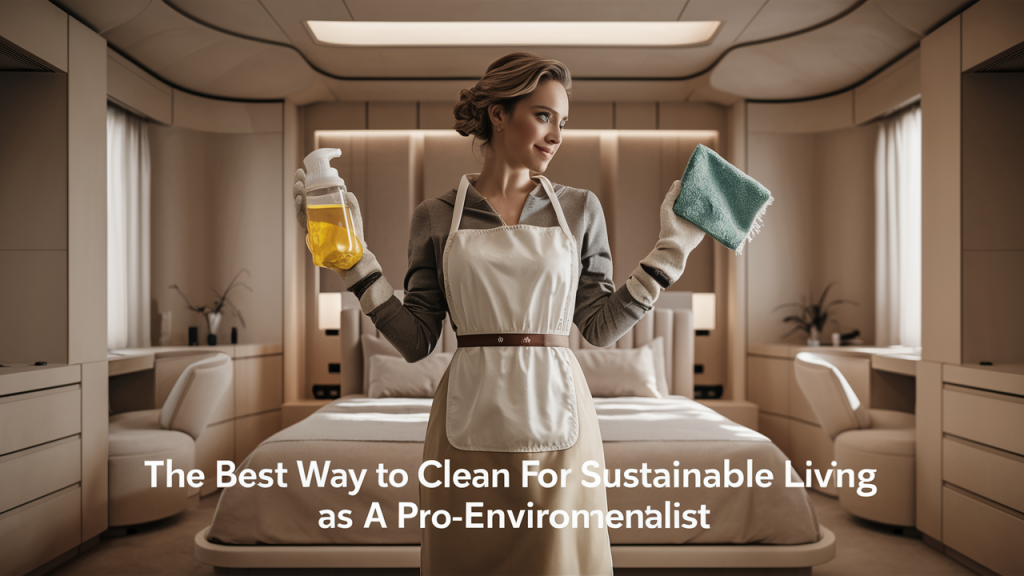
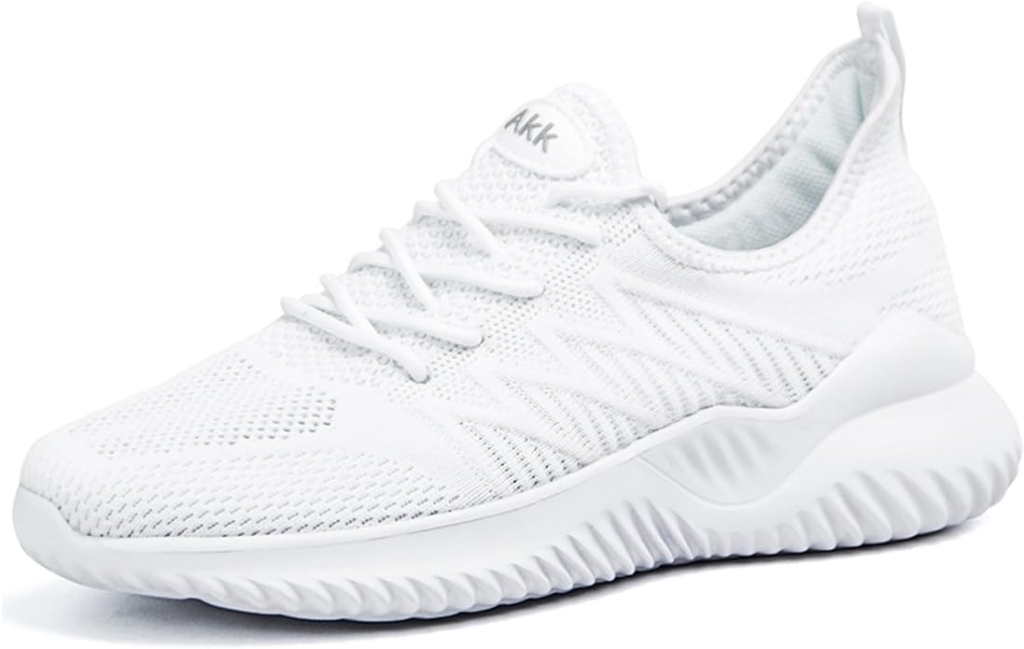
The journey towards sustainable living involves a greener cleaning practice, which leads to a healthy environment for our benefit and those yet unborn. It boils down to thoughtful living, which brings about thoughtful choices, and in the cleaning industry/lifestyle, the choices are significant to the human world.


